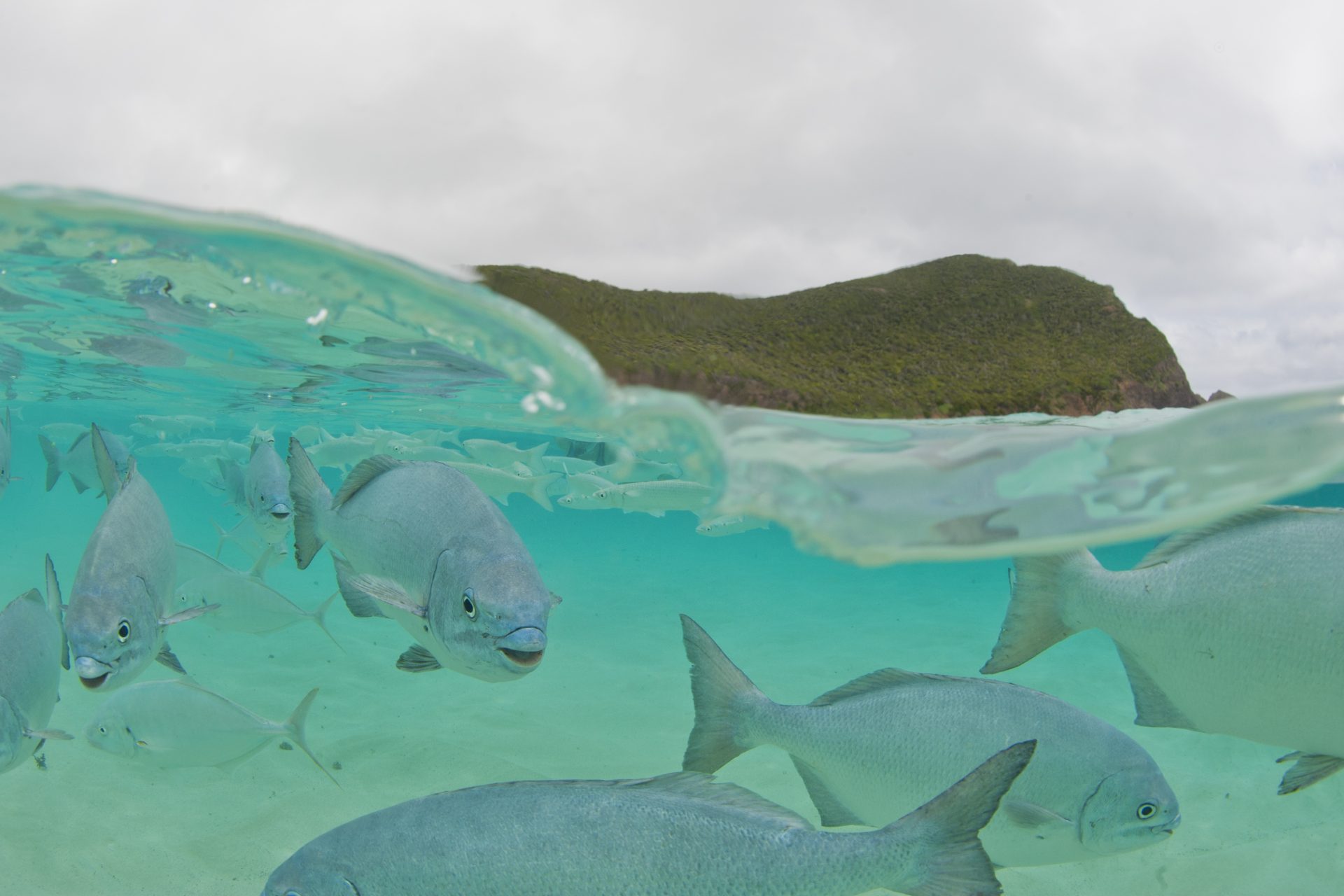Lord Howe Island, little-known paradise in the extinct 8th continent
You probably haven't heard about Lord Howe Island, Zealandia, or how a tiny isle just two hours from Sydney is one of the most exclusive yet protected tourist destinations around. Read on for its captivating story...
Located 372 miles (600 km) east of Australia, Lord Howe Island is a paradise that, in just 7.7 square miles (20 km²), offers tropical forests, white sand beaches, a marvelous lagoon, and volcanic peaks. The catch? Only 400 people can visit per day.
Photo: Dylan Shaw / Unsplash
Don't want to miss more cultural news and analysis? Follow us here!
Declared a World Natural Heritage Site in 1982 for its flora, fauna, and for having the southernmost coral reef in the world, the island is protected like few others. In fact, only 300 people live there.
What’s truly astonishing about this island, situated in the Tasman Sea, is that it's one of the few territories remaining of Zealandia, the once-eighth continent that is almost completely submerged in the Pacific Ocean.
Photo: Dylan Shaw / Unsplash
Despite its proximity to the coasts of Australia, Lord Howe Island remained uninhabited until 1778, when British sailors first arrived on its shores.
They were amazed by animals and vegetation they had never seen before, but it was a small palm that stole their hearts and was seen as a potential business: the kentia.
A plant that required little care, beautiful and perfect for indoors, became a must-have for affluent families in Europe and America. Kentia crops grew, and ships came and went loaded with plants and seeds.
But everything went awry in 1918 when one of the ships arrived at Lord Howe with dozens of unexpected passengers: rats. No one could have foreseen that this unauthorized visit would turn into a constant presence for more than a century.
Photo: Pexels / Pixabay
The rats found a virgin territory where there were no predators and began to reproduce uncontrollably, becoming the island's main predator and, among other things, leading to the extinction of the 'Dryococelus australis.'
Don't want to miss more cultural news and analysis? Follow us here!
Known as the "Lord Howe Island stick insect" or "tree lobster," this indigenous insect fell victim to the rats, though neither residents nor traders seemed to miss it. However, the rats also feasted on kentia seeds, which meant financial losses.
Thus began one of the largest rat hunts in history. At six pence per rat, the governor asked hunters to show him the tails of their catches, which they collected in matchboxes. Disgusting but effective.
But, after almost a decade of hunting, reinforcements were called in, and in 1927, the United States sent an army of barn owls that managed to limit the rat population on the island. Yet, it wasn’t until 2018 that they were completely eradicated, marking a century-long battle against rats.
Photo: Dylan Shaw / Unsplash
Years before this achievement, in 2001, two scientists climbed Ball's Pyramid, near Lord Howe Island, and there they found a colony of about thirty Lord Howe Island stick insects. Yes, the creature believed to be extinct for 80 years had survived the rats!
By that time, tourism to Lord Howe was already regulated, aiming not to overpopulate the area and destroy the biodiversity that had taken a 100-year battle against rodents to preserve. Now, the bugs are bred in captivity to ensure their survival.
And to top off the curiosities of this island, it's worth noting that for half the year, they live 30 minutes in the future. This is because their time zone is not on the hour, but half an hour, and in summer, their time is half an hour ahead of Sydney.
If these aren't enough reasons to visit Lord Howe Island, then we surely don't understand tourism. The tricky part, as with everything in life, will be becoming one of the 400 lucky individuals who get to visit the island daily.
Don't want to miss more cultural news and analysis? Follow us here!



























